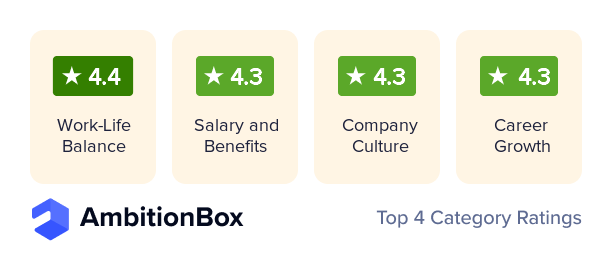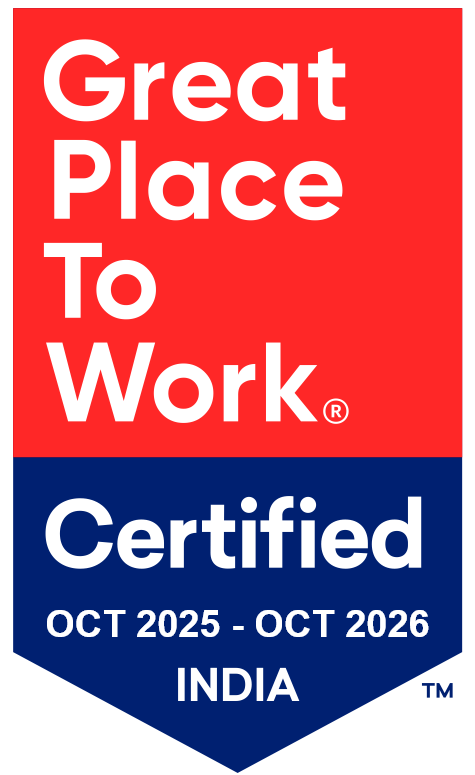Have you ever tried to assess the RoI on your sourcing costs?
Most probably your answer would be a ‘no’. Recruiting teams spend dollars while trying to create a resume pool/ talent pipeline but the majority are not very particular about the value-add on the monies spent. In all probability, it is because most organizations view sourcing as a part of the overall recruiting function and not as a separate function. Measuring performance including financial is generally done on the overall process rather than at individual stages.
The volume of resumes is a double-edged sword. On the one hand there are thousands of resumes recruiters need to scan every day for open positions. These resumes come from recruitment partners, career pages, job boards. However, at least 60% of these resumes are not a fit for the roles that have been applied for. On the other hand there is a larger volume of resumes that are located in the depths of ATS and CRM systems. These are the resumes that have been sourced/obtained in the past for jobs that are now closed. While the old positions are closed, the potential value of stored resumes, related information and conversation leads on the database is immense.
The candidates that were rejected at different stages of the sourcing/application process earlier are also known as ‘Silver Medalists’ In the next 2-3 years, re-discovering old candidates locked inside platforms/systems may hold the key to better competitive positioning.
When you take notice of your ‘Silver Medalists’ --!!
Before we go further, let us focus on the so-called ‘Silver Medalists’ to understand why a fresh look at them costs much less than the opportunity cost of not doing so. Vetting and screening candidates is a time-consuming and expensive affair – whether it is the candidate who bagged the job or the scores of others who were somewhat qualified but did not make the cut. This large pool of previously screened or interviewed candidates make up what is known as ‘silver medalists’ in recruitment. It is one of the most valuable albeit under-tapped and under-utilized sources of talent that is frequently overlooked.
Recruiting teams now realize the immense potential of the ‘silver medalists’ for filling current positions. Research shows that tapping in to the reserve of previously screened candidates can dramatically alter two key recruitment metrics – time to fill and cost of hire. Some of the most well-known companies globally have redefined their recruitment by drawing up a strategy specifically for ‘Silver Medalists’ – GE, General Motors and Google being the prime examples. Some of the previously assessed candidate categories which are worth a re-look:
As the name suggests, the category refers to the candidates who have been the second best choice for a particular position behind a more apt candidate. In terms of skills, level of interest and work experience these candidates are very close to the one who finally make the cut but fell behind due to one or the other reasons. The term ‘Silver Medalists’ has been used to describe this category of potential candidates more compared to the other categories. However the word is also used to describe other group of potential candidates as well.
There could be a steady and long list of applicants who have withdrawn their applications after a few stages in to the selection process – there could be multiple reasons for this ranging from a counter-offer, retention at the current organization, lack of further interest etc. There could be candidates who have earlier been made offers but have rejected them due to expectation mismatch and a myriad of other reasons. It makes perfect economic sense to have a re-look at these candidates.
Refers to the large volume of candidates who obviously weren’t among the top 2 or 3 choices but nevertheless have requisite experience, certifications, and skills to fill similar or other positions .
Candidates referred by employees have mostly made successful hires. It is worthwhile visiting old candidates who weren’t hired for some reason but have been evaluated and interviewed. Generally speaking, candidates referred by top employees are among the best hires.
Internal job postings (IJPs) are a great source of candidates who are employed in other departments, sections or business units within the organization. Re-engaging them can provide a steady stream of candidates at almost negligible cost.
What is Talent Re-discovery?
Time, or the lack of it is already a serious impediment in today’s recruting world. Job owners and recruiting managers need a faster response while also ensuring that systems and processes are tuned to achieve improved candidate experience scores. Talent re-discovery involves re-looking at the large database of resumes which are lying unattended inside CRM/ATS. In many instances what recruiting teams suffer from is:
‘right CRM but limited functionalities, great tactics but flawed strategy’ syndrome.
The database can be a great potential source for candidates who have earlier been evaluated and have gone through different stages of the recruiting process but for some or the other reason did not make the cut. It is time now to conceptualize and draw up a strategy to connect with them. The 2018 State of Recruiting Survey conducted by Monster highlights that 62% of the respondents feel it is more difficult to recruit today than it was a year ago and 59% said that there is a shortage of skilled talent and the demand-supply gap is increasing by the day. In a candidate-driven market, recruiters are under pressure to perform. Talent re-discovery can help a recruiter to immediately start looking for resumes within the database even when the jobs have not been advertised on external platforms or sent to recruitment partners. This provides a good starting point without wasting too much time looking for candidates. Additionally this can be a good tactic to monetize existing assets – in this case, resumes.
Make talent re-discovery a part of your TA strategy….
Recruiting has become highly tech-centric, recruiters have a whole wide range of tools at their disposal to search for candidates, reach out to them, market the brand/position/role and so on and so forth. Needless to say the concept of talent re-discovery is also a function which is dependent on the use of technology – notably Artificial Intelligence and Automation. The other important aspect is that it needs a proper strategy. Typically, successful organizations incorporate AI and text analytics to search for resumes in the databases, prioritize them in accordance with their skills, experience, certifications, map current roles, start a re-engagement program which includes email marketing campaigns, conversations etc. A talent re-discovery program is a targeted approach – from sourcing, to identification, candidate pairing to interviews to offer management and on-boarding.
We have examined the concept of Recruitment Marketing in one of our older blog posts, and how it enables a more focused approach by re-establishing disrupted communication. Recruitment marketing involves reaching out to candidates and generating/rekindling interest in them for new roles. Creating a pipeline of warm candidates is one of the many challenges faced by talent acquisition teams – talent re-discovery efforts inculcate elements of recruitment marketing. Talent re-discovery is a key part of any program that attempts to reassess older candidates. For many recruiting teams and service providers this is indeed a logical step forward.
Are costs and time the biggest drivers?
While a large volume of old resumes can provide a quick pool of candidates, teams can also feel overwhelmed with the sheer numbers. Apart from the problem of plenty there is also the fact that a certain cost has already been incurred to source, screen and store the resumes in the database; costs such as license fees for the platform, advertisements, marketing efforts, payroll/employee costs. The skew is always in favor of passive candidates which is more in number. Many of the old leads have been forgotten and never re-looked at. This means that the associated costs are sunk. Many of those who applied to open positions did so based on the efforts the teams put in – recruitment/resume marketing, social recruiting efforts etc. There has also been an investment of time to screen/interview those candidates. Candidate pools are tight, salaries have hit the ceiling for many tech/niche roles, unemployment record being at historical lows, demand-supply mismatch and a candidate-driven market. There is a need to re-engage and talent rediscovery can come in at this juncture.
But how do you do it?
Manually doing this does not make business sense – sifting through hundreds of thousands of resumes and past candidate details recruiter conversations. Boolean search strings on ATS are ineffective….
The role of AI & Automation
The role of technologies in talent re-discovery programs is evolving and requires a closer look in terms of how it helps. At an elementary level AI and automation can help teams to re-engage with those candidates who have a particular set of qualifications, work experience, behavioral traits, educational backgrounds and scores. They are typically the candidates who have been sidelined in the past but are a great match for new requirements. Teams can create categories/segregate better candidates (ranking them in order of preference) based on their likelihood of cracking the interview. Some of the benefits of a talent re-discovery program are:
- Creating specified talent pipelines for specific roles based on skills and experience
- Narrowing down the candidate pool to remove the candidates that are obviously unsuitable
- Targeted approach to streamline processes
- Personalized messaging as a starting point; employer branding to come in handy in these situations
Conclusion:
Creating a pipeline of candidates for re-engagement saves effort, time and money. TA teams need an AI-powered recruitment platform to reach out to cold contacts and target them through reactivation email campaigns. This can positively impact the overall recruiting effort reducing the cost per hire and improve candidate experience (also known as CandE). However, there is a scope for biases to creep in to the process. The algorithms that are part of any re-discovery tool are trained using historical data and past experience. However, recruiting being a people-centric process enabled by technology, there is a need to guard against human bias. This is an inherent risk and downside associated with any AI-powered platform. However, this risk should not be a hindrance to the immense potential of technology to improve overall recruiting experience. There are tools that can bypass scanning or reading sensitive personal information (age, gender, sexual orientation, address, nationality etc.) which can remove the possibility of bias to a certain extent.











